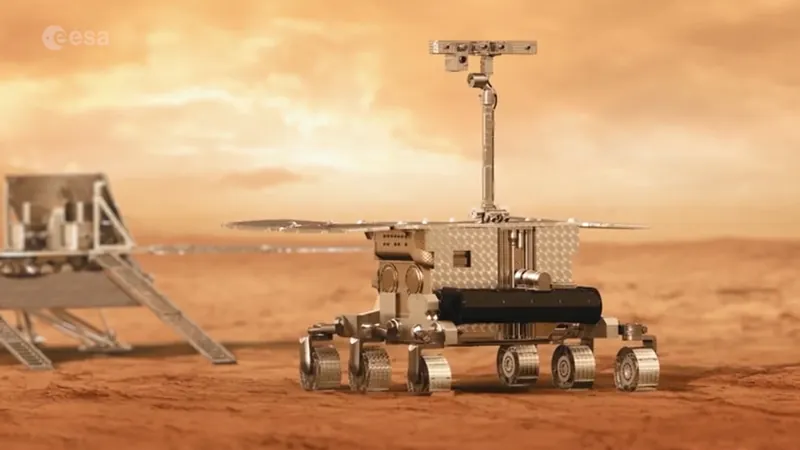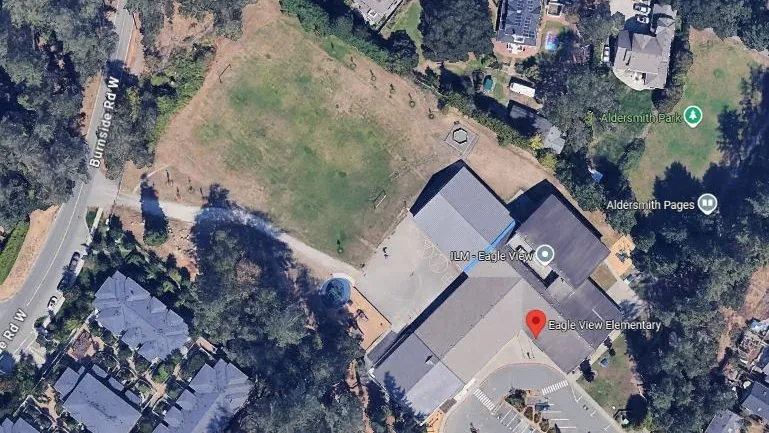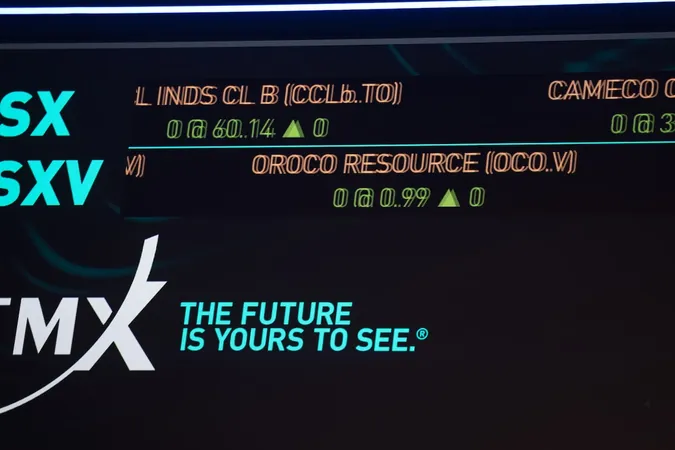
Exciting Discoveries Await as Rosalind Franklin Rover Targets Ancient Martian Life
2025-09-19
Author: Benjamin
New Studies Unveil Promising Clues at Oxia Planum
Recent research unveiled at the Europlanet Science Congress reveals that the European Space Agency's (ESA) upcoming Rosalind Franklin rover mission is better positioned to uncover ancient organic material on Mars than previously expected. The mission's target, the clay-rich Oxia Planum, may hold secrets about life on the red planet.
Rockfalls Open Up New Opportunities
Dr. Aleksandra Sokołowska from Brown University and Imperial College London has led a groundbreaking study identifying 258 rockfalls in the Oxia Planum area through high-resolution images from NASA’s Mars Reconnaissance Orbiter. These rockfalls could reveal subsurface materials, exposing uncharted terrain that the rover can sample, significantly expanding its potential findings.
Natural Shielding May Preserve Organic Molecules
Some of the freshly exposed rock surfaces, previously shielded from the relentless Martian radiation due to their embedding in geological structures like crater walls, may still harbor intact organic molecules. This discovery heightens the excitement surrounding the rover's mission, offering a chance to find remnants of ancient life.
Layered Clays Could Hide Life's Secrets
Ananya Srivastava from the University of Western Ontario contributes to this anticipation by pointing out that the layered clay deposits at Oxia Planum are known for their capacity to preserve organic materials. Analysis from both the Mars Reconnaissance Orbiter and ESA's Mars Express showcases alternating layers of orange and blue clay, indicating the sediments might have been transported by ancient rivers and floods.
A Rich Geological History Awaits Discovery
These diverse clay layers could tell a more complex story of ancient Martian climates than previously understood. Srivastava notes that if the clays arrived in successive pulses from multiple regions, they offer a higher likelihood of organic molecule preservation, enhancing the rover's chance of revealing groundbreaking evidence of extraterrestrial life.
The Pioneering Rosalind Franklin Rover
Slated for launch in 2028 as part of ESA's ExoMars program, the Rosalind Franklin rover is named after the renowned British chemist who played a pivotal role in the discovery of DNA’s double helix structure. Equipped with a state-of-the-art drill reaching depths of over six feet (two meters)—greater than any previous attempts on Mars—this rover stands poised to explore and analyze the Martian surface.
A Journey of Resilience and Hope
After facing multiple delays—from NASA's initial funding cuts in 2012 to geopolitical tensions affecting international collaboration—the Rosalind Franklin mission is finally back on track. Originally planned for a 2022 launch, the project encountered significant hurdles when Russia withdrew from its partnership, but now excitement is building as they aim for a new launch date.
With each new finding at Oxia Planum, the potential for groundbreaking discoveries regarding ancient Mars life grows ever brighter.









 Brasil (PT)
Brasil (PT)
 Canada (EN)
Canada (EN)
 Chile (ES)
Chile (ES)
 Česko (CS)
Česko (CS)
 대한민국 (KO)
대한민국 (KO)
 España (ES)
España (ES)
 France (FR)
France (FR)
 Hong Kong (EN)
Hong Kong (EN)
 Italia (IT)
Italia (IT)
 日本 (JA)
日本 (JA)
 Magyarország (HU)
Magyarország (HU)
 Norge (NO)
Norge (NO)
 Polska (PL)
Polska (PL)
 Schweiz (DE)
Schweiz (DE)
 Singapore (EN)
Singapore (EN)
 Sverige (SV)
Sverige (SV)
 Suomi (FI)
Suomi (FI)
 Türkiye (TR)
Türkiye (TR)
 الإمارات العربية المتحدة (AR)
الإمارات العربية المتحدة (AR)